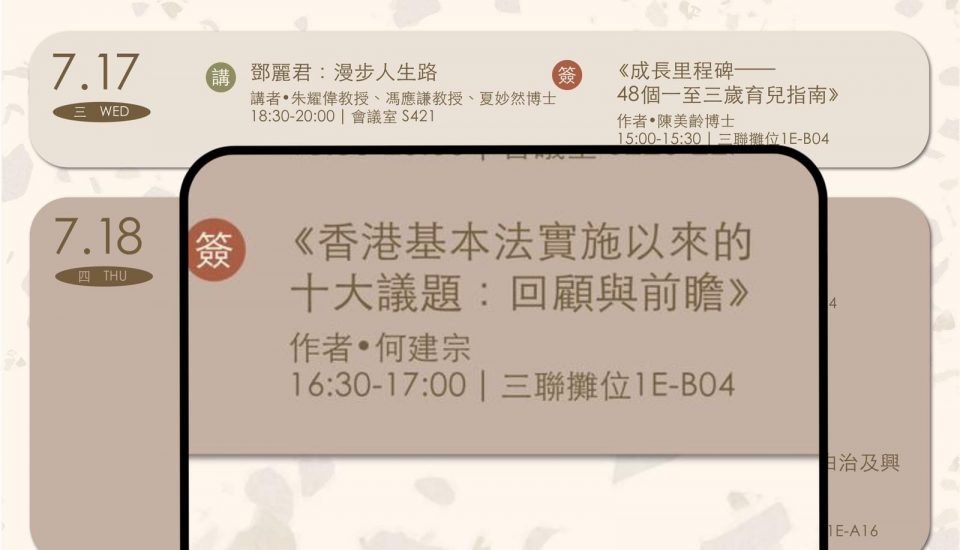Henry Ho: ‘Common prosperity’ a feasible strategy for China

何建宗:三步走、三大差距和三次分配——初論共同富裕

本智庫成員拜訪中國日報亞太分社

“Common prosperity”, hailed in the 20th National Congress of the Communist Party of China, has been mocked and challenged by some Western mainstream media, which have spread the notion that China adopted a “Robin Hood” approach to cut the payment of the wealthiest for the poor.
My observation and analysis, after reading the recently published guidebook for the Congress, however, suggest that common prosperity as proposed by General Secretary Xi Jinping is a feasible strategy underscored by three fundamental and correlated aspects that ensures the success of Chinese modernity: Carrying out the “Three-Step Strategy”; eliminating three development disparities; and improving three-tier income distribution (sanci fenpei).
Three-step strategy
The “Three-Step Strategy”, initiated in 1987, refers to two steps of economic development that would quadruple the gross national product of 1980 by the end of the 20th century, with people’s living standards reaching a moderately prosperous level. The third step of the strategy is to raise the per capita GNP to the level of moderately developed countries by the middle of the 21st century, with most people having satisfactory economic conditions, and modernization of the nation basically achieved.
These aggressive goals have been proudly achieved, and now our GNP is above 100 trillion yuan ($14 trillion), which exceeds that of 1980 by more than 200 times.
The transformation of the second step to the third was further subdivided into three stages in 2012, first by building an all-around well-off society by 2021, basically realizing socialist modernization from 2020 to 2035, and developing the nation into a great modern socialist country by the middle of this century. Therefore, the highlight of “common prosperity” was made under the context of the three-step strategy and achievement of these goals.
The claims that the concept of common prosperity deviates from the policy of reform and opening-up is untenable. As the report of the 20th Congress said, realizing common prosperity is a long-term, but also a tough and complicated, task. Emphasis has been given that we should make the best endeavors to prevent polarization, while preventing egalitarianism or welfarism.
Furthermore, the miracles of China’s success in maintaining rapid economic growth and long-term social stability at the same time has effectively cleared doubts about whether China will fall into the “middle-income trap”, a term put forward by World Bank economists Indermit Gill and Homi Kharas in 2006, which refers to countries that have failed to match their growth strategies with prevailing structural characteristics of their economies.
Uneven developments on three fronts
Having a population of over 1.4 billion, China is facing disparities in three aspects: uneven regional development, uneven development in urban and rural areas, and unequal income distribution.
For regional development, there is a clear gap between the economic growth of different regions. Beijing, Shanghai, and the Pearl River Delta regions are the most economically developed areas, with their per capita GDP ranging from $14,000 to $28,500. However, for less-developed areas such as Gansu province, per capita GDP is around $5,600.
At the same time, thanks to sustained efforts in the past decades, the gap between urban-rural development has been narrowed. However, the actual income of peasants was only 18,931 yuan in 2021, about 40 percent of the urban residents’ income, and more efforts should be made to revitalize our countryside and villages.
As for the income distribution gap, the nation’s Gini coefficient has decreased in the past decade. After reaching the highest point of 0.491 in 2008, the figure had gone downward to 0.468 in 2020. There is still a long way to go for China to narrow the wealth gap, and strengthening the distribution system is the most important means.
Optimizing three tiers of distribution
To make more substantive progress in the common prosperity before 2035, as planned by the 20th National Congress, it is a must to optimize the distribution system, reasonably regulate excessively high incomes, and encourage high-income people and enterprises to return more to society.
The first tier of distribution, which deals with the relationship between factors of production, remuneration and contributions, is the basis of the whole distribution system. It would be necessary to enhance the revenue of the low-and middle-income classes through multiple channels, including increasing earnings from the use of rural land and financial assets, enriching financial products for residents, and improving the dividend mechanism of listed companies. It is also necessary to further expand the middle-income group, which has accounted for only more than 30 percent of the total population so far.
The second tier of distribution refers to taxation, social security and transfer payments. For taxation, the State aims to improve the tax adjustment mechanism, including increasing the proportion of direct taxes and improving the personal income tax system. For social security, the nation prioritizes the equalization of basic public services to narrow the gap between urban and rural areas, given that the urban and rural areas differ much in terms of medical benefits, low-income living assistance, basic pensions, and housing security. To achieve equalization is an important way to realize common prosperity, but it will be a long-term process.
Transfer payments embody the advantages of socialism with Chinese characteristics and remain an important tool to promote coordinated regional development. In 2022, the scale of transfer payments from the central government to local governments reached 9.8 trillion yuan, accounting for 9 percent of GNP. The means of transfer payment include financial transfer payments, and allowing rich regions to help less-developed regions.
The third tier of distribution refers to charitable donations by enterprises, social organizations and individuals. At present, corporate donations account for more than 60 percent of all charity donations, while individual contributions remain at a low level. It requires greater efforts to improve the supervision and regulatory system of charitable organizations, and implement preferential tax policies for nonprofit organizations, such as income tax deduction for corporate and individual donations.
Common prosperity is both an essential requirement of socialism with Chinese characteristics and a long-term task. It is not “targeting the rich” nor even “eliminating the rich”, nor is it a “reversal” of reform and opening-up. Instead, through the rationalization of three-tier distributions, fixing the disparities of uneven development and carrying out the three-step strategies, common prosperity is not only an achievable goal for China, but also for many parts of the world if some developing regions want to borrow a leaf out of the book in China. I firmly believe that as long as the nation continues to deal with major problems mentioned above, the goal of socialist modernization with common prosperity of all people by 2035 will be achievable.
The author is founder and chairman of the One Country Two Systems Youth Forum.




